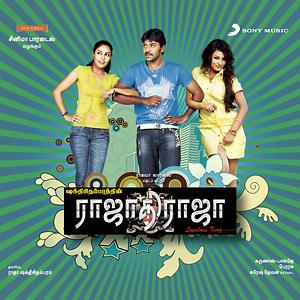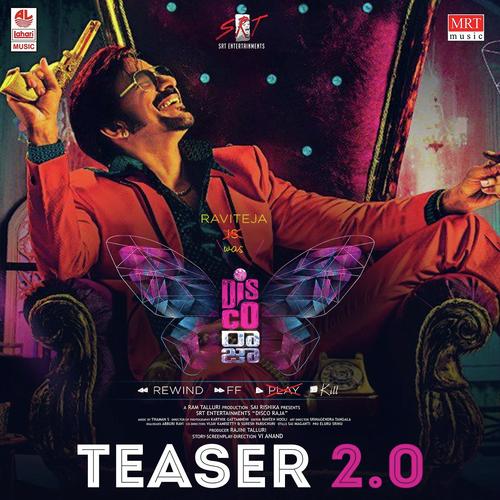

Pornsak remained at the top of his game for over a decade until the rise of new stars like Jintara Poonlarp and later Tai Orathai but his songs and albums, which included chestnuts like Phoo Phae Rak and Mee Mia Dek, are as popular today as his fans as they were back in his heyday. Luk thung music has its honeyed soft voices like Sayan Sanya's beautiful pipes, but it's the Lao-style singing of performers like Pornsak that gives me the goosebumps.
RAJA SONG FULL
But what I really liked about Pornsak was his voice, which had a hard edge to it, not unlike Surapon Sombatcharoen's voice on his early hits or Waipot Petchsupan in full flight. When I do a DJ set that includes Thai music, I always slip in a lam toey single from Pornsak and it never fails to fill the dancefloor.

The title track remained the favourite song of his many fans throughout his 20-year career. Pimpa Pornsiri's song uses the lam doen rhythm in the song (she didn't call it luk thung molam then, she said she was performing luk thung prayuk or applied luk thung), while Tongmee Malai used the lam ploen rhythm.īut there was another funky rhythm from molam called lam toey that made its way into the luk thung world, when Pornsak released his ground-breaking studio album, (Toey) Sao Chan Kang Kop ( Miss Chan's Broken Heart) in 1986. Tongmee Malai was one of the first to do this, but it was actually a song by Pimpa Pornsiri, the hugely popular Namda Mia Saud ( Tears Of The Saudi Wife), that made me realise that molam was going mainstream. This changed in the early 1980s as audiences tired of luk thung Isan, so artists began to look for ways to spruce up the music with more Western instruments and dance rhythms from different styles of molam. Most of these songs included some Isan-Lao words in the lyrics but for the most part, molam rhythms were not included. Luk thung Isan goes back to the early 1970s and the pioneering work of songwriter Surin Paksiri, who penned monster hits for Angkanang Khunchai ( Isan Lam Ploen) and Dao Bandon ( Lam Ploen Jaroenjai). He began his career in 1981 with Suea Sam Nuek Bap, an album of luk thung Isan hits. He learnt from temple visits and from his environment. Like Dao Bandon, a key singer in the development of luk thung Isan in the 1970s, Pornsak did not go through a molam apprenticeship, so he had no formal training. I asked some scholarship students from Isan what this sound was, and they not only proudly explained the music of the Northeast, they also translated lyrics for me and one of them gave me my first Pornsak cassette tape.


I had already heard the classical luk thung sound of central Thai singers like Pumpuang Duangjan and Sayan Sanya and I was intrigued by the funky music I kept hearing on buses and tuk-tuks, which I learnt was called molam. I arrived in Thailand in 1983 and began a job teaching at Chulalongkorn University in 1984, just as Pornsak was beginning his rise to prominence. His nickname was "the man with the dragon tattoo" on account of a large tattoo on his arm. Pornsak (real name Boonsao Prachantasen) was an important and influential luk thung and molam singer. Pornsak was one of the most famous Isan music stars, and his funeral was attended by many of his fans as well as many of the big names in the entertainment industry. (Photo: Pornsak Songsaeng, the 'Raja of Molam' from Isan, died of a heart attack in Nong Bua Lam Phu province on Oct 17.


 0 kommentar(er)
0 kommentar(er)
